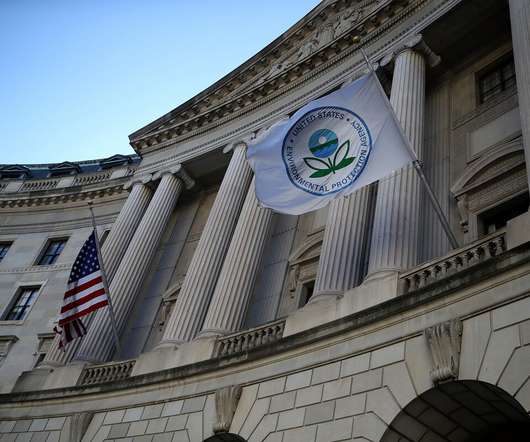Study finds fleet switch from PFI to GDI engines will result in net reduction in global warming
Green Car Congress
MAY 12, 2017
Gasoline direct-injection (GDI) engines have higher fuel economy compared to the more widely used port fuel injection (PFI) engines. Widespread adoption of new engine technologies raises concerns about changes in emissions and their effects on air quality and the climate. Credit: ACS, Saliba et al.















Let's personalize your content